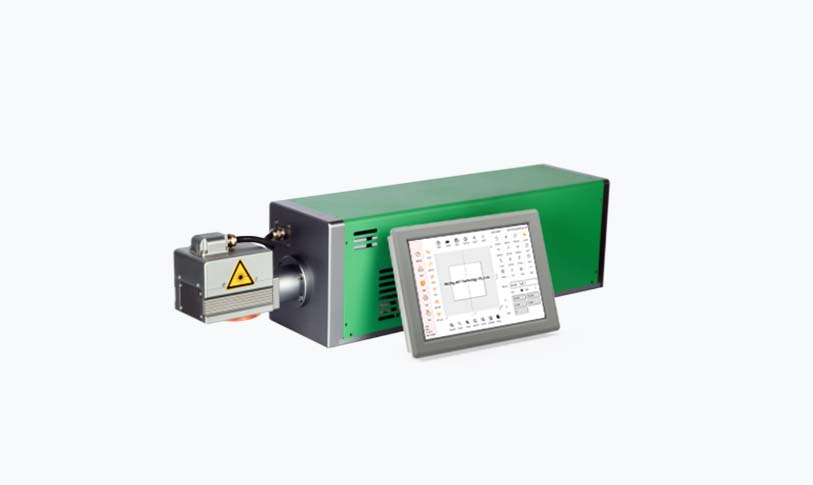
Unlocking the Precise Potential of UV Laser Etching: A Game Changer for Modern Manufacturing and Design Applications
In the fast-evolving world of manufacturing and design, the need for precision and versatility has never been higher. Enter UV laser etching, a groundbreaking technology that is redefining how products are manufactured and customized across various industries. UV laser etching harnesses the power of ultraviolet light to create intricate designs and markings on a variety of materials with unmatched accuracy. This article explores the technology behind UV laser etching, its applications, benefits, and future prospects in industrial processes.
Understanding UV Laser Etching

Unlocking the Precise Potential of UV Laser Etching: A Game Changer for Modern Manufacturing and Design Applications
UV laser etching involves using a laser system that emits ultraviolet light, typically within the wavelength range of 190 to 400 nanometers. Unlike traditional laser etching methods, which often use infrared lasers, UV lasers interact differently with materials. When the UV light hits the surface of a substrate, it causes photochemical reactions that lead to the effective removal of material without generating significant heat.
This unique interaction minimizes thermal stress on the materials being etched, making UV laser etching particularly suitable for delicate substrates such as certain plastics, glass, and organic materials. The result is a clean, precise etching process that produces high-quality markings and designs without the risk of slight warping or damage.
Applications of UV Laser Etching
1. **Electronics**: In the electronics industry, UV laser etching is increasingly used for marking components, such as circuit boards and semiconductor devices. This technology enables manufacturers to create precise identification markings, such as QR codes or barcodes, that are essential for tracking parts throughout the manufacturing process. The ability to etch with such precision ensures that the integrity of sensitive electronic components is maintained.
2. **Medical Devices**: In the medical field, UV laser etching is becoming an invaluable tool for creating detailed markings on medical devices, surgical instruments, and implants. These markings are crucial for ensuring proper identification, traceability, and compliance with strict regulatory guidelines. Additionally, the non-thermal nature of UV laser etching reduces the risk of altering the properties of materials used in these critical applications.
3. **Consumer Products**: The customization trend in consumer goods is booming, with more individuals and businesses looking for personalized products. UV laser etching allows for high-resolution designs, logos, and text to be etched onto items such as jewelry, smartphone cases, and home décor. This flexibility and precision cater to both large-scale production runs and one-off personalized items, appealing to a wide range of consumers.
4. **Packaging Industry**: UV laser etching is finding a niche in the packaging industry for creating distinctive packaging designs and marking labels. The ability to quickly and accurately print on various materials means brands can enhance their visibility and attract customers with unique designs, all while maintaining compliance with regulatory requirements concerning labeling and traceability.
Benefits of UV Laser Etching
1. **High Precision**: One of the standout features of UV laser etching is its remarkable accuracy. The technology can produce intricate designs and markings that are often impossible to achieve with traditional engraving techniques.
2. **Versatility**: This method is compatible with a wide range of materials—glass, plastic, metal, and even wood—making it a versatile choice for many industries. Whether you need to mark a delicate medical device or etch a detailed design on glass, UV laser etching can deliver.
3. **Environmentally Friendly**: UV laser etching doesn’t produce any harmful substances or waste commonly associated with traditional printing techniques. It supports a more sustainable manufacturing approach, aligning with the growing demand for eco-friendly solutions.
4. **Cost Efficiency**: Although the initial investment in UV laser equipment may be significant, the long-term savings are substantial. With lower running costs, high throughput rates, and reduced material wastage, manufacturers can quickly recoup their investment.

Unlocking the Precise Potential of UV Laser Etching: A Game Changer for Modern Manufacturing and Design Applications
Future of UV Laser Etching
As technology advances, the future for UV laser etching appears bright. Innovations in laser technology and processing will continue to drive improvements in speed, accuracy, and efficiency. The integration of artificial intelligence and machine learning is expected to further enhance the capabilities of UV laser etching systems, allowing for even more sophisticated applications.
In conclusion, UV laser etching stands at the forefront of modern manufacturing and design, offering unparalleled precision and versatility. Its applications across various industries showcase its transformative potential, making it a game changer for businesses looking to meet the demands of an increasingly competitive marketplace. As technology evolves, we can anticipate even more creative and impactful uses for UV laser etching in the years to come.best free laser cutting software
